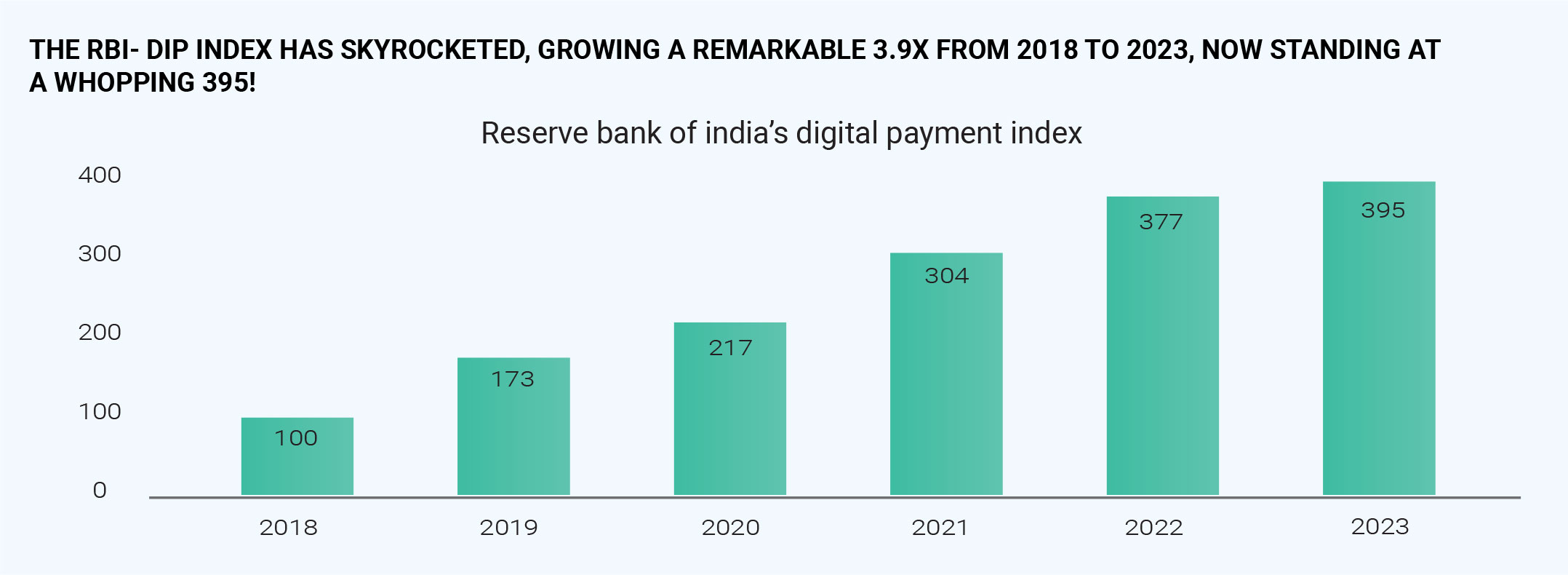On December 1, 2022, the Reserve Bank of India introduced the CBDC/e-rupee, as a digital representation of legal tender. Similar to physical currency, it comes in various denominations and is distributed through banks. Users can transact with e-rupee via digital wallets provided by participating banks. Central bank digital currency (CBDC) is a legal tender issued by a regulator in digital form using the underlying technology of crypto. Though crypto indirectly advanced the development of CBDC, they are poles III apart. Crypto is seen as an asset, while CBDC is a mode of payment. Most central banks, including the RBI, are doing research on CBDC, which can help retain trust' in money while providing electronic convenience. RBI is taking calibrated steps to launch CBDCs. It is currently exploring the option to implement CBDCs in two forms: Account-based wholesale CBDC, and token-based retail CBDC. RBI ended its week-long first interbank pilot for the wholesale segment of the digital rupee (e₹-W), for settlement of secondary market transactions in government securities (G-Secs). CBDC can also help cut the cost of printing & distributing money. The need for interbank settlement will also be reduced as CBDC can be transferred directly. Cybersecurity, the role of commercial banks, and privacy are some threats that will have to be addressed by the policymakers. Central Bank Digital Currency (CBDC) or e-rupee worth ₹16.39 crore is in circulation as of March 2023, as per data from RBI’s Handbook of Statistics on the Indian Economy for FY23. Of the total e-rupee circulation, ₹10.69 crore was wholesale CBDC whereas ₹5.70 crore was retail CBDC, data showed. China & Sweden are among the few countries that have rolled out pilot projects. The US, the UK, and India are still examining the pros and cons of CBDC.


